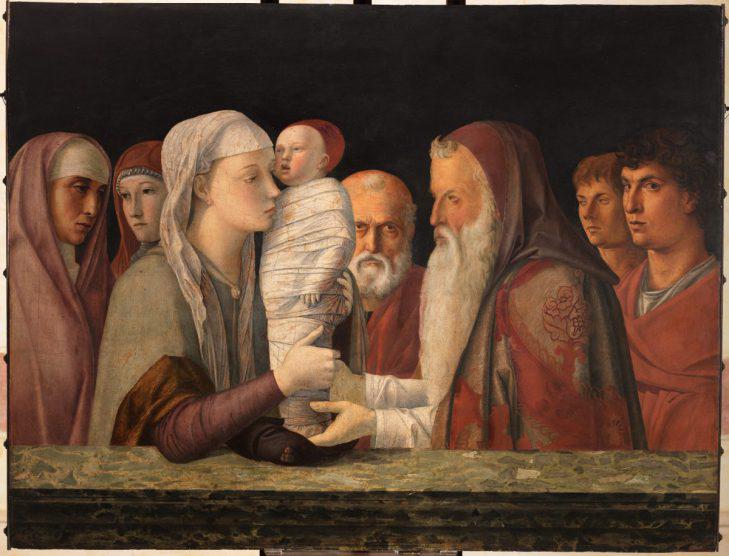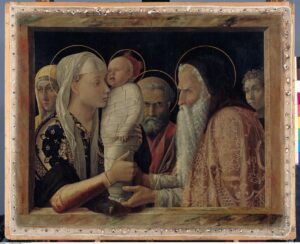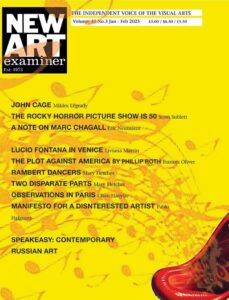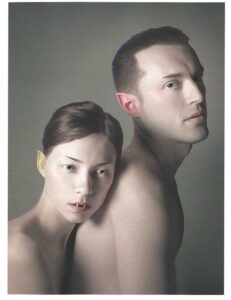
“Presentazione di Gesu’ al Tempio” Giovanni Bellini, oil on panel
From 2018/10/01 to 2019/01/27 at the National Gallery in London and then at Gemaldegalerie in Berlin, an event you can’t miss. This remarkable exhibition displays paintings of two Italian Renaissance masters: Andrea Mantegna and Giovanni Bellini. The exhibition, with its paintings coming from all over the world, took six years to prepare and millions of pounds invested. The main theme is on the relationship between the two artists, with a hundred or so artworks on loan from European, American and Brazilian museums.

The artists, who became brothers-in-law (Mantegna married Bellini’s stepsister Nicolosia) were very different from each other; however, they had a very long-lasting and creative dialogue.
Andrea Mantegna, from a family of modest means, ambitiously climbed the social ladder of the elegant and refined city of Padua, focusing on the rediscovery of classical antiquity. His paintings make what is incredible look real, thanks to illusionist decorations, reaching their height in the so-called “Camera degli Sposi” (bedroom of the spouses) in Saint George’s Castle in Mantua. Artists such as Raffaello, Rubens, Degas are influenced by his work.
Instead Giovanni Bellini followed his father Jacopo’s footsteps. As the son of a master artist and founder of a famous workshop in Venice, along with his brother Gentile, became a celebrity. Giovanni is known for his use of colour and light. In his canvases, the landscape is no longer the background, but occupies the centre scene, generating emotions and telling stories.

Giovanni Bellini, oil on panel
In Venice until July 2018 at the Querini-Stampalia Foundation there was a bit of a teaser with Mantegna’s tempera on canvas depicting the “Presentation to the Temple” painted in 1453-1454, arriving from Berlin. Contemporaneously, the same subject was displayed, though painted on a panel by Bellini in 1470, also property of the Querini-Stampalia. This amazing event compared the two paintings for the first time ever, from which it appears that Bellini used a sheet of cardboard to replicate the pre-existing drawing by Mantegna. In the middle of the 1400s it was normal practice to use cardboard to show potential buyers, something Bellini did, using a sheet of cardboard with a 1.1 scale of Mantegna’s work. In fact, some traces of the so-called “spolvero” technique (a skill applied to transfer a drawing in scale onto another surface) are present in the Bellini artwork, whereas in the Mantegna canvas, x-rays and infra-red photos show some rethinks or re-elaborations, the so-called “pentimenti”, that brought some changes in the drafting of the characters, for which the artwork is believed to be the first one executed.
Upon entering the small room that hosts these paintings, the visitor is impressed by the analogies between the two masterpieces, but gradually the differences are seen. In the centre of the artwork by Mantegna, the Virgin Mary presents the baby Jesus wrapped in swaddling (a prelude to his death) to the priest of the Temple, Simon. Nearly hidden between the two figures is Saint Joseph. The two lateral shapes are probably the artist himself and his wife Nicolosia. The figures are delimited by a window, from which thanks to the effects of trompe-l’oeil, Mary’s arm and the priest’s hand appear to come out. The perspective, through geometric design, gives an overall sense of severity and strength. The “Presentation” looks like a classical bas-relief, almost as a group of sculptures translated into painting, in which the bi-dimensional aspect predominates. In the canvas by Bellini the perspective is less formal, the size is larger and other characters (maybe Giovanni himself and his wife) appear. The aspect is more familiar and more commonplace; the faces are more human and less sacred. Through light and the use of colours the scene acquires more softness.
The two canvases stand out both in their chromatic ranges and in the application of colour. The different binding mediums (egg tempera with water and opaque colours for Mantegna, oil for Bellini) contribute to the different characteristics of the paintings. Simplifying, one could say that harmony of proportions predominates in Mantegna’s work, while Bellini is master of colour.
But, if this is only the smallest part of what we can admire in London or later in Berlin, why not check it out personally?
Liviana Martin
Volume 33 no 4 March / April 2019

